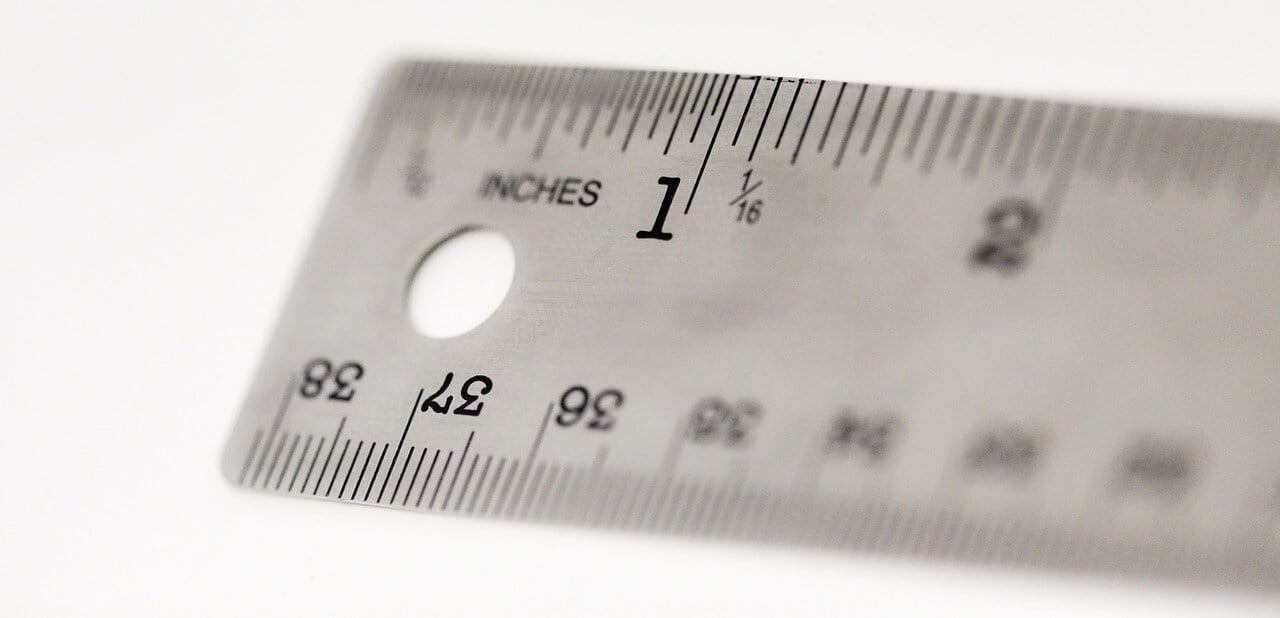author
Diona Kidd
Like every aspect of your inbound marketing efforts, there must be a sound strategy in place. This is no different with social media. Just like you must have a solid game plan for how you engage with customers in social media, the way you integrate that channel with your website will go a long way to your success or failure.![]()
Be it Facebook, Twitter, LinkedIn, or Pinterest, coordinating every social media element to work in concert with your website includes following simple design practices, as well as creating the right content to be pushed out on them. Here are a few tips for incorporating social media with your website properly.
Tip #1: Top of page means top of mind
Though it may seem like a rookie mistake, it still happens all the time: sites feature social media buttons at the bottom of a page instead of at the top. Perhaps this is because they don’t value social media as much as they should, and they’re only executing a social strategy half-heartedly. No matter the reason, burying your buttons ensures that your visitors won’t see them easily and quickly. And if they don’t see them easily and quickly, they’re not going to engage with you on social media.
Buttons should be integrated in a highly visible location near the top of your pages. Keep in mind you don’t need to overdo it—these buttons don’t need to look like billboards. With top-of-page placement now the norm, trust your visitors to make the click. Some design principles are simple because they’re correct.
Tip #2: With content, strive to go viral
Sure, we talk about having quality content all the time. It’s no different here. While social media engagement is often dependent on the content you’re specifically posting there, it’s important to note that the content on your site can become social media fodder on its own merit if it’s done well, too. If your content is resonating with visitors, then the likelihood that it will be shared on their social media channels increases dramatically.
This type of content can range from blog posts to videos to infographics. The beauty of this best-case scenario is that these shares not only represent endorsements from potential and existing customers, they point traffic directly back to your site, whether it’s from LinkedIn or Pinterest, Facebook or Twitter. Creating a viral sensation can go a long way toward raising your company’s profile.
Tip #3: If you build it, they will share it
Really, this final tip is a combination of the first two. It involves buttons. It still involves sharing. In fact, it’s obvious—which is why many businesses overlook it.
Adding individual share buttons to your content will create more sharing. Here are two scenarios: in the first scenario, without a share button the customer has to cut-and-paste a link, open a new browser, add a comment, then share your content. In scenario two, they click a button on your site, and can do all of that in one browser, at one time. Simplifying the process will lead to more sharing.
Keep in mind this doesn’t just apply to the type of content we discussed in Tip #2 (blog posts, videos, and infographics). It can also apply to your individual products. Whether a site visitor has window-shopped, or made an actual purchase, making it as easy as possible to share the results of their visit to your site only encourages the practice.
Social media done well takes time and effort. Integrating it to work in harmony with your website does, too. Web-surfing in the modern age is swift and relentless, so making things visible and simple for your visitors—as logical as that sounds—goes a long way toward your success.
With your website, sometimes there’s a time for getting fancy or shifting the design paradigm. When coordinating social media with your website, we’d advise strongly against that. Much like attending a concert, or a sporting event, line of sight matters. And like any good user experience, keeping it simple does, too. Always keep this in mind when integrating social media with your website.
What other steps have you taken to incorporate social media with your website? We’d love to know.
.webp?width=900&height=548&name=wyatt-mobile%20copy%20(2).webp)

